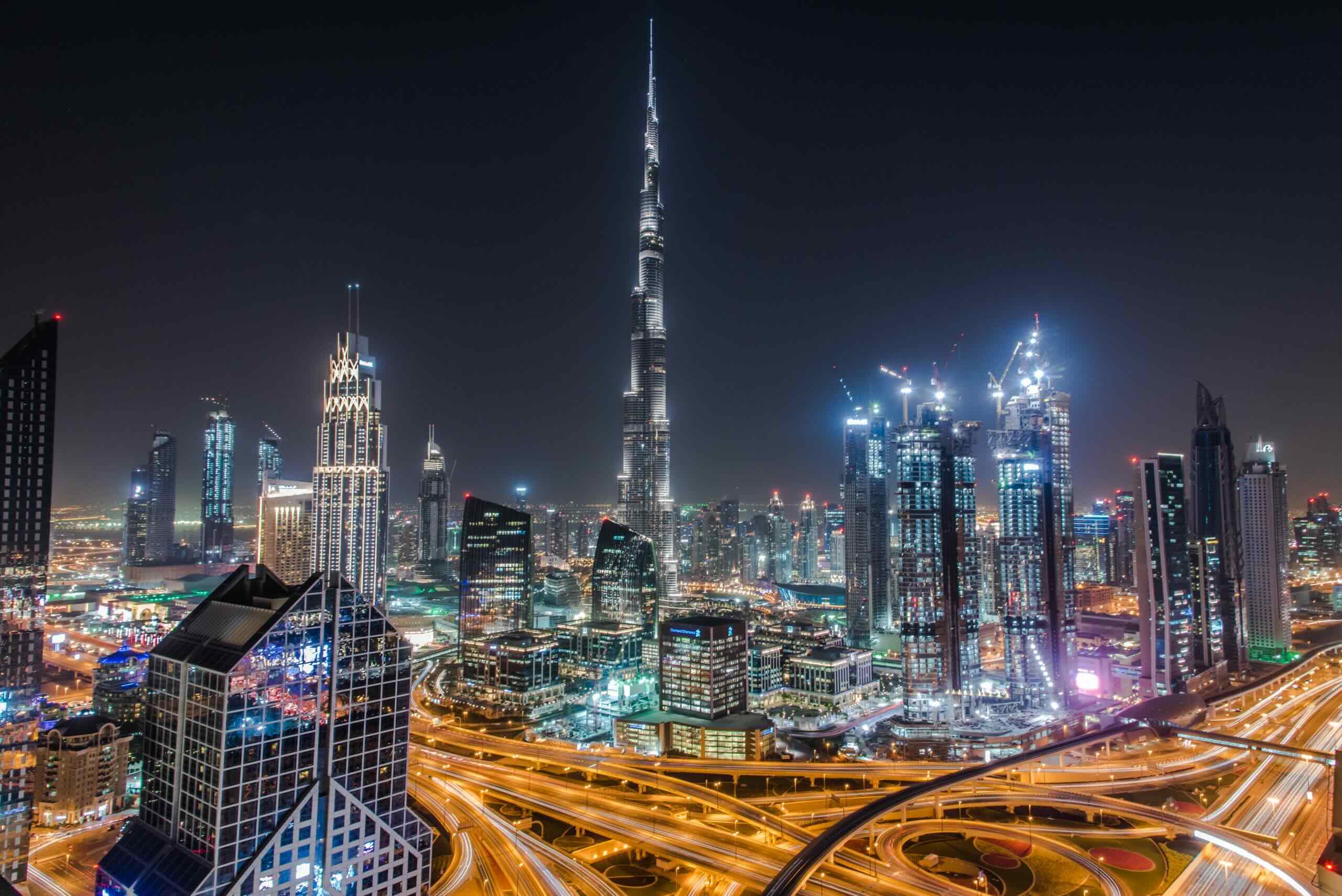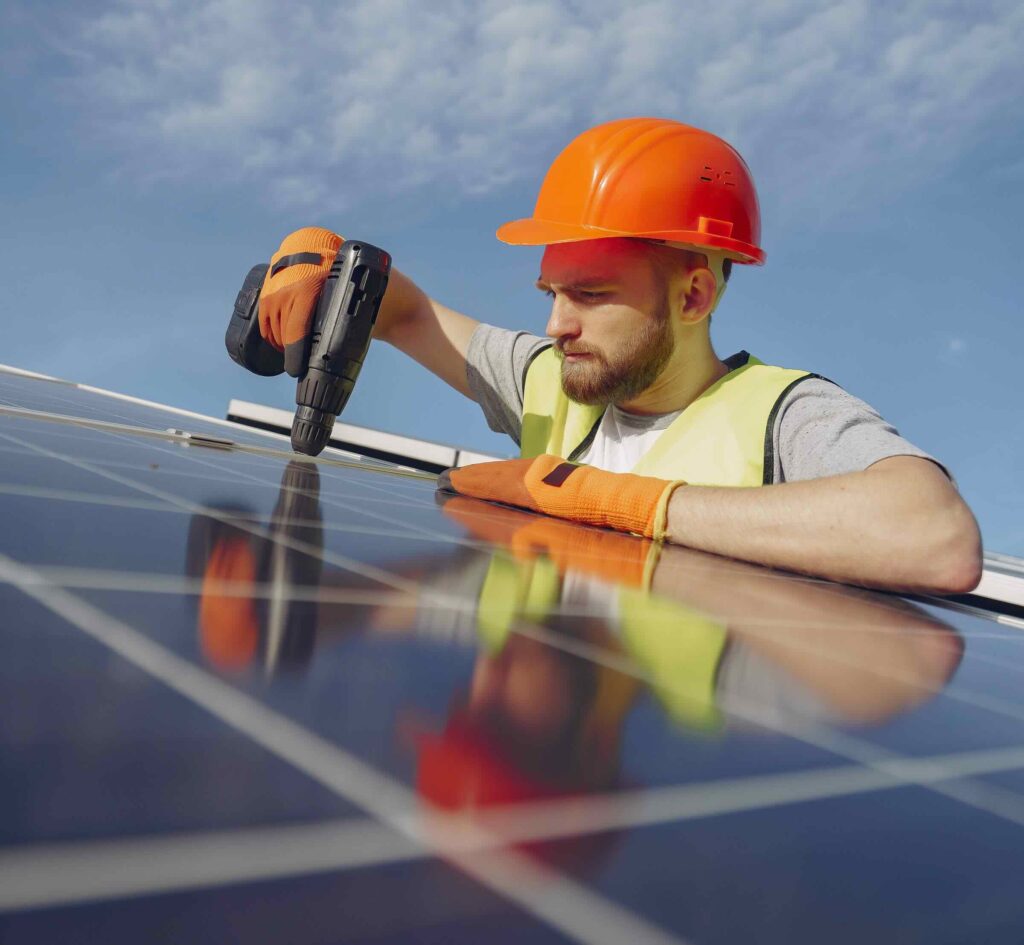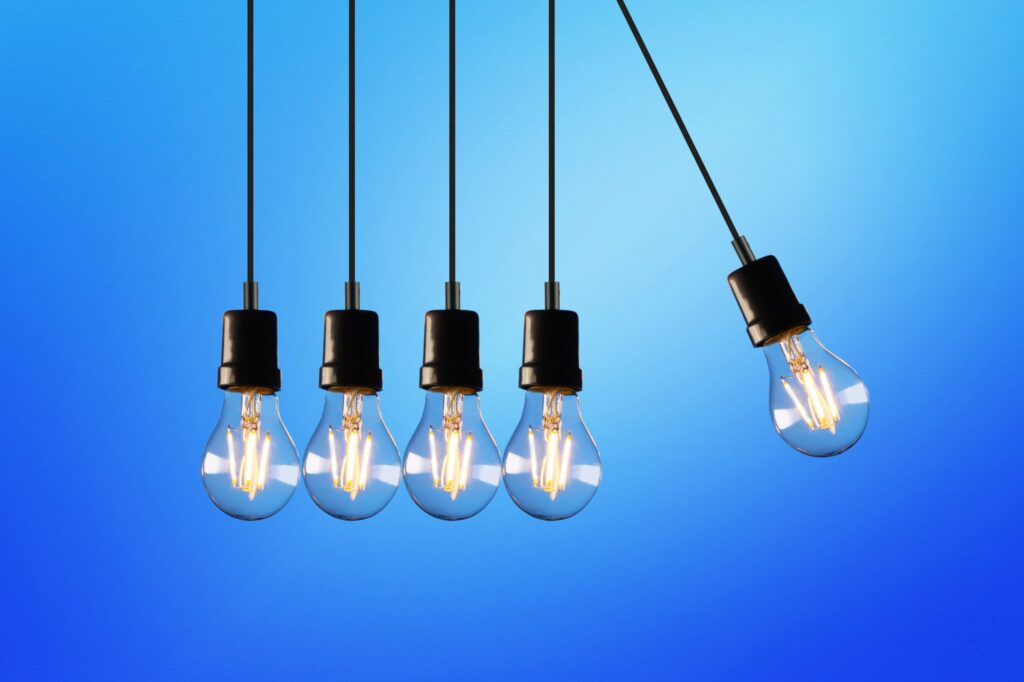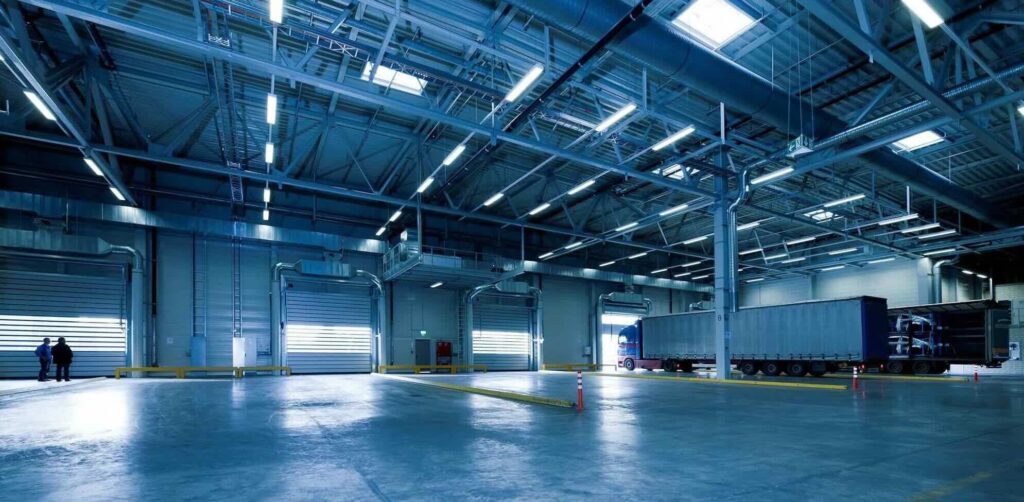Light pollution has many ill-effects on our health, our wildlife, and the environment. Here are 3 simple steps to reduce light pollution effectively and efficiently.
When we think of pollution, it’s usually ocean, greenhouse gases or chemical pollution that comes to mind. However, another type known as light pollution is just as prevalent in its environmental damage but often stays under the radar due to its more subtle ill effects when compared to dirty air or water.
The constant abundance of stimulating, artificial light not only harms our health by disrupting our metabolism and sleep but also the well-being of our wildlife where it interferes with their migratory and breeding patterns. Unnecessary outdoor lighting also wastes high amounts of energy and further adds to greenhouse gas emissions.
Fortunately, it’s the easiest form of pollution to remedy and these three simple steps are a great way to start:
1. Minimise light usage
While this is an obvious one, its often overlooked. The luxury of lighting a room with just the flick of a switch, unfortunately, leads to complacency with turning lights off. It’s important to be mindful of whether the light is really necessary, especially during the day.
Ensuring that lights are turned off when not in use as well as unnecessary outdoor lights is the easiest, cheapest, and most effective action to instantly reduce light pollution.
2. Switch traditional lightbulbs to efficient compact fluorescent lights and LEDs
By switching to warm-coloured LEDs and CFLs, you can reduce light pollution levels and save a significant amount on energy costs without compromising on effective visibility.
Investing in smart light controls to help manage your lights remotely as well as timers, dimmers and motion sensor lighting also help to minimise wasteful usage and undesirable light trespass.
As a bonus, you reap the rewards in energy bill savings while reducing harmful emissions to the environment.
3. Optimise outdoor light settings with glare-reducing fixtures.
Outdoor lighting fixtures that direct the light source more accurately to where it’s needed is a great way to minimise distractive glare, light trespass and reduce light pollution overall.
By being mindful of our light usage and switching to the most energy-efficient light technology available, we can instantly enjoy the benefits of a safer and healthier environment.




